Brakes
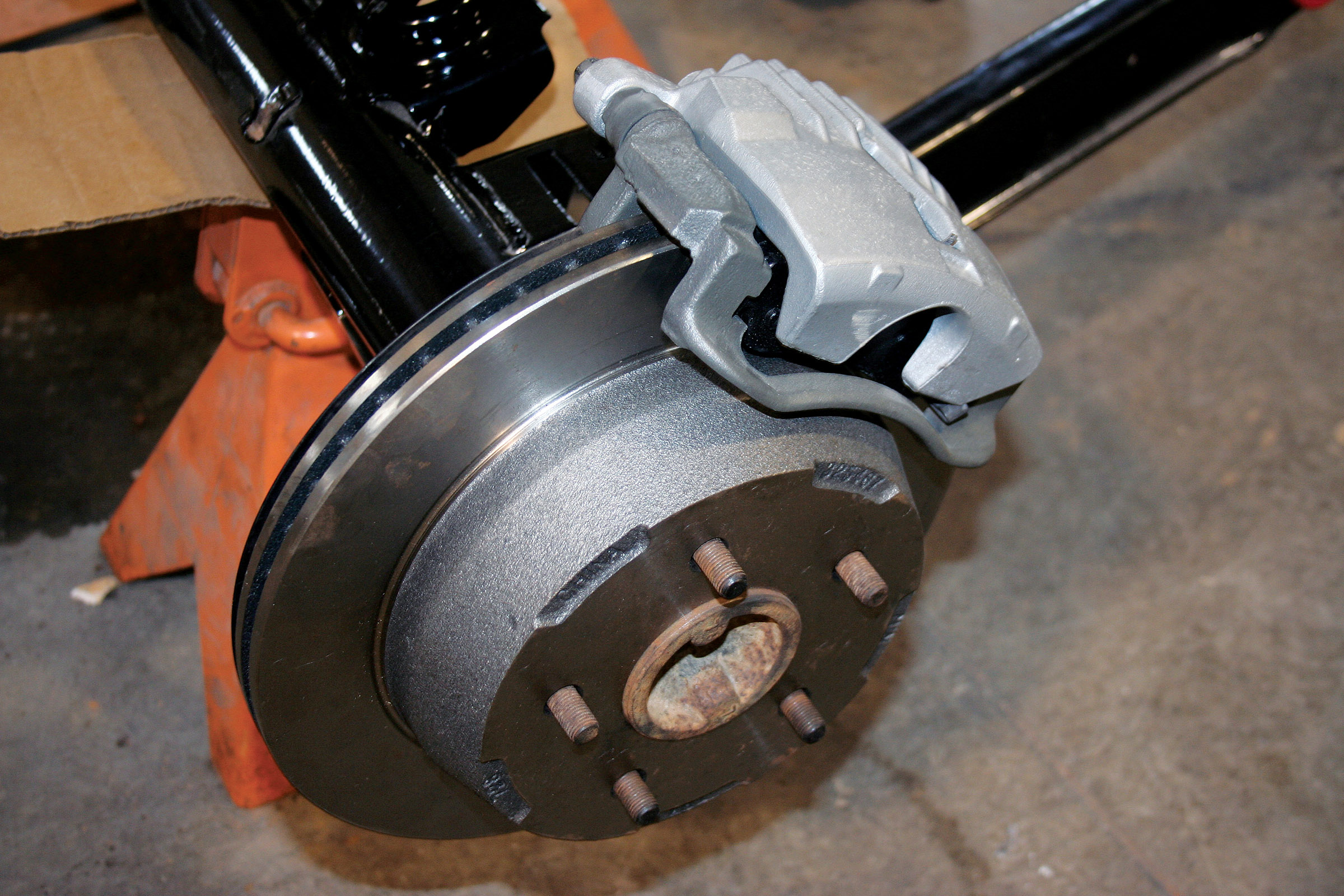
Since we don’t really have to search for vintage parts anymore, gone are the days of scouring the local “Pick-a-Part” in search for that illusive part that will interchange or convert your muscle car to bucket seats, tilt steering, A/C or some suspension upgrade. But there was a day when you and a rodding buddy could venture to your favorite junkyard and come home with a whole truckload of cool vintage goodies that would aid you in your rebuild, all in the span of a day.
Well, those days aren’t completely gone. While at the local wrecking yard looking for any useful hot rod parts, we stumbled across another enthusiast, Sean Rievley, who is in the progress of upgrading his ’71 Chevelle chassis
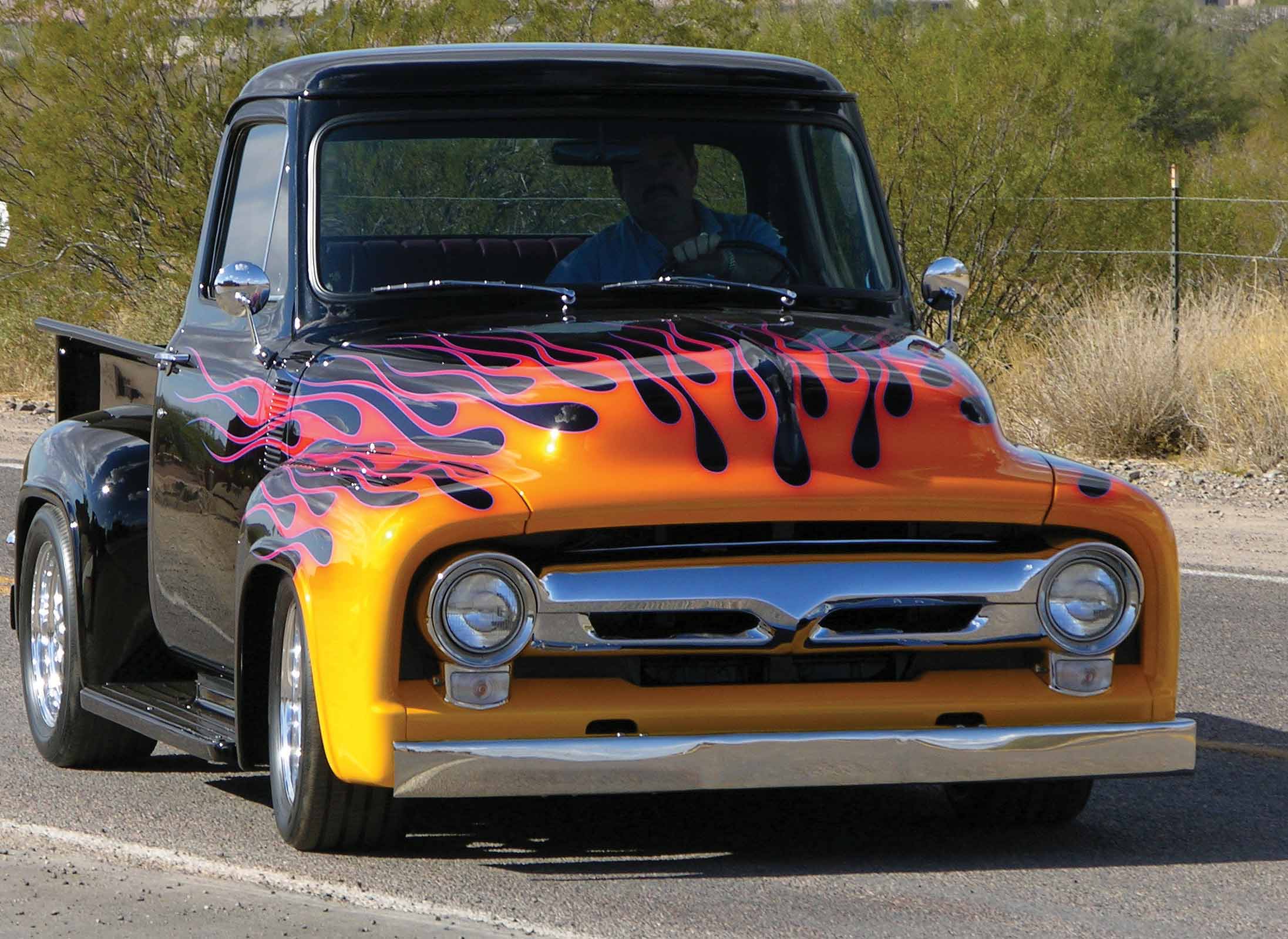
The pictured F-100 is a 1954 model, and it was purchased by Carl and Marianne Lewis from Milwaukie, Oregon, in 1992. The truck had seen better days, as it had been sitting out in the elements under an awning next to a storage shed. In primer, and with a transplanted 289 small block, the truck was partially disassembled as it sat on four flat tires. It had not been moved for some 10 years. Mel Nichols was hired for the much needed makeover, which took 3-1/2 years to complete.
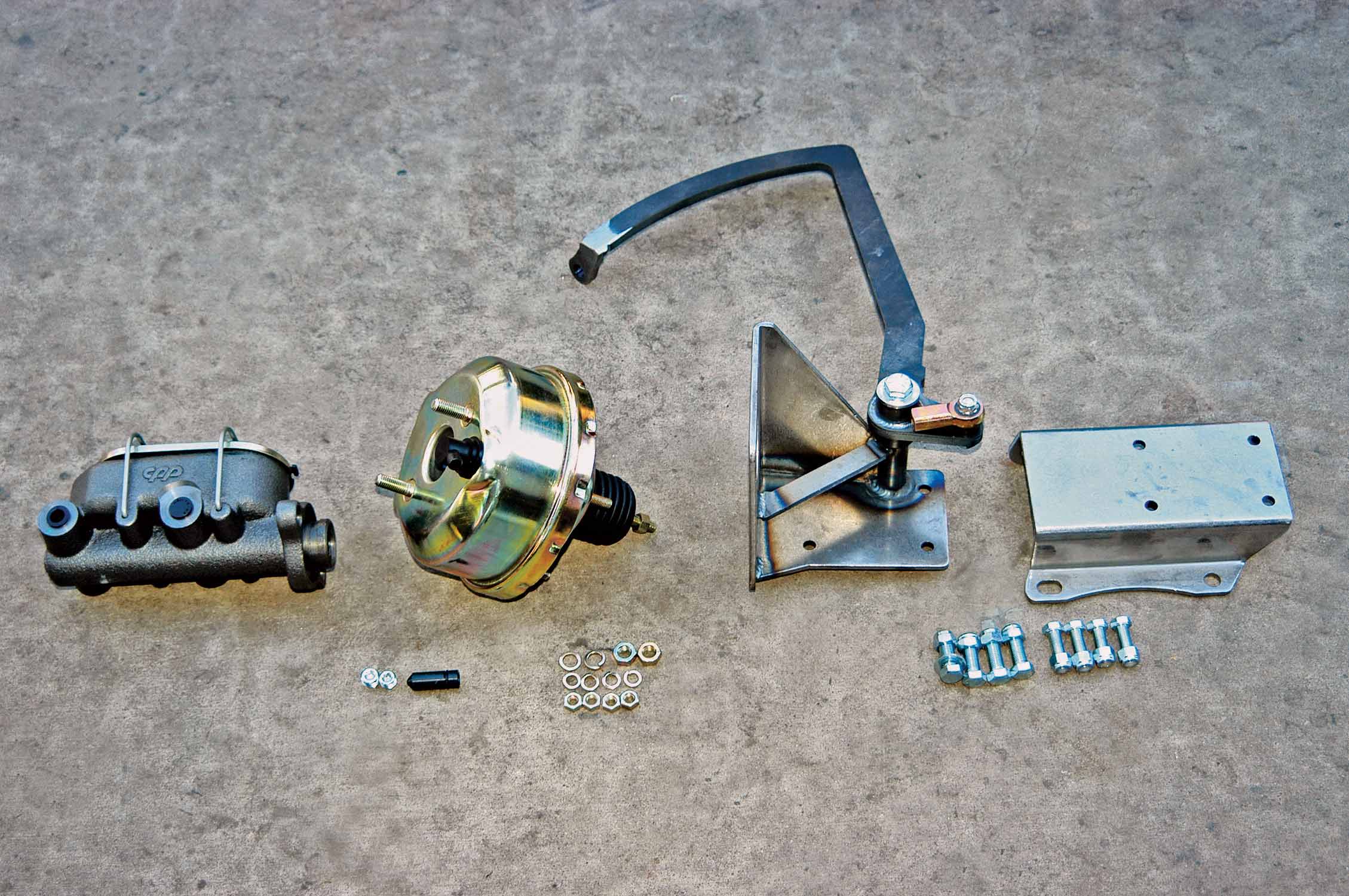
In the ’50s, home-delivery baker Helms Bakery went door to door, delivering bread and bakery goods on the streets of Southern California. All you had to do was call and order what you needed, and the next day it was delivered to your door. You could also stop the drivers on their route to buy their goodies, and that’s how we remember the early ’50s Chevy Helms delivery trucks. We figured they must have a rather large fleet of them to cover the L.A. Basin. We aren’t sure exactly when it happened, but no doubt rapidly changing family lifestyles took their toll, and Helms stopped the delivery portion of the business. As a result, there were a lot of early Chevy panel trucks that went somewhere.
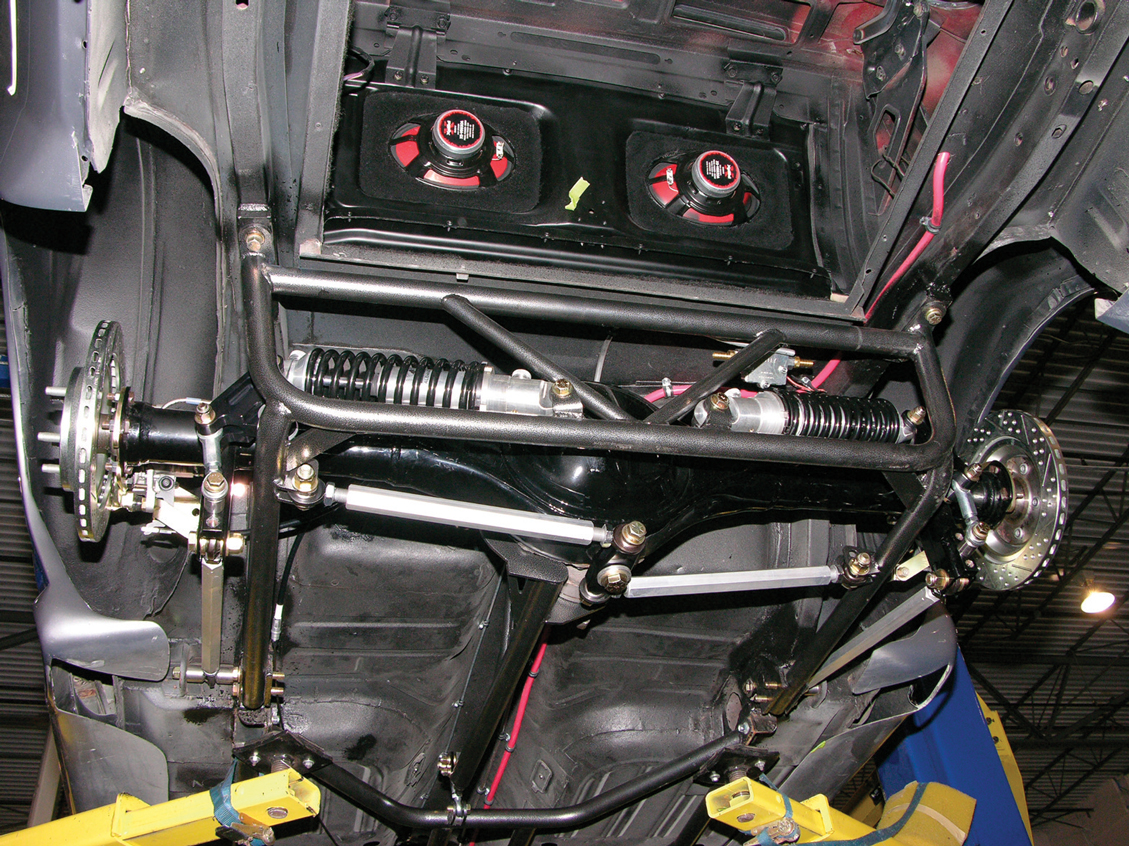
We’ve already tempted and teased our readers with a behind-the-scenes tour of the Unique Performance Shelby continuation cars—the GT 350SR and the GT 500E (Ford Builder, Mar. ’05, page 67). Many of you probably lust after one or both of these cars, but not all of us can afford to purchase one yet. And because of their limited numbers, their prices do, unfortunately, put them out of reach of many of us Ford enthusiasts. That’s the bad news. But there is good news; don’t assume that because you cannot buy a genuine continuation Shelby, you can’t build a car that drives just like one. Unique Performance sells not only the cars as complete packages, but they understand the situation quite clearly and have made available many of the individual parts and assemblies used to build their cars.

The Ford Mustang was one of the first cars to offer disc brakes as an option, but they were not a big hit with buyers when they were first introduced. Most buyers were happy to buy a base model with a six-cylinder engine or a slightly improved version with a 289 backed by an automatic transmission. This was the standard Mustang package that most Mustang owners wanted in those days—grocery-chasers that people had no intention of using to sit on the pole of the Indianapolis 500. Aside from the Brickyard, that’s all changed, as standard drum brakes are no longer considered standard fare, and car enthusiasts now know the benefits of full disc brakes. It’s hard to find a car today without them, at least on the front brakes.
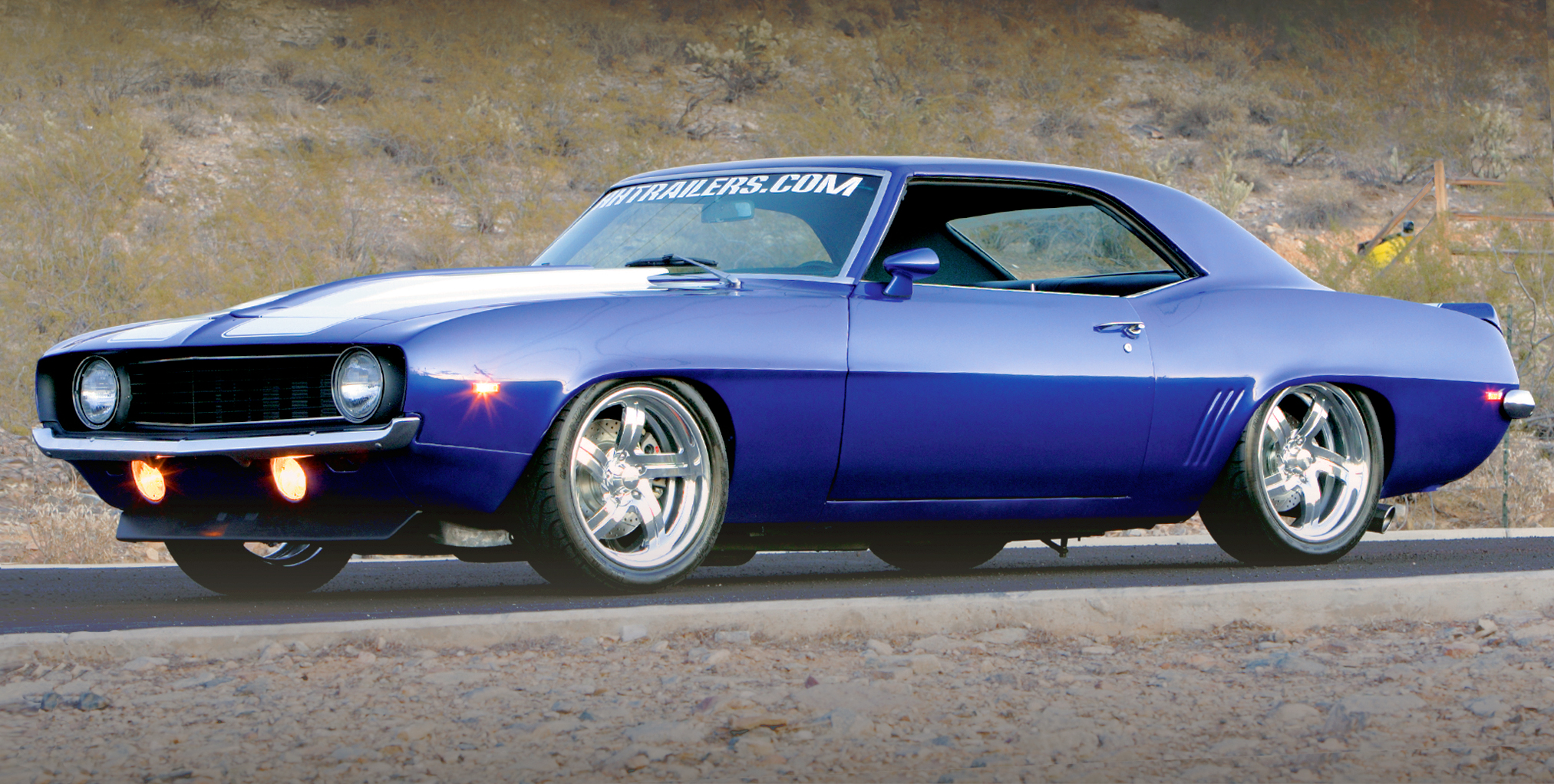
The late ’60s was a good time for automobile enthusiasts everywhere. For Chevrolet specifically, it remains a time when the company produced vehicles that are among the favorites of Bow Tie aficionados. Who wouldn’t want a ’67-’69 Chevy Chevelle, Nova or, of course, the ever-popular Camaro? The design of these vehicles, and many others from that era, has stood the test of time, and car manufacturers today are even reverting back to the styling cues of these classics when designing modern production cars.
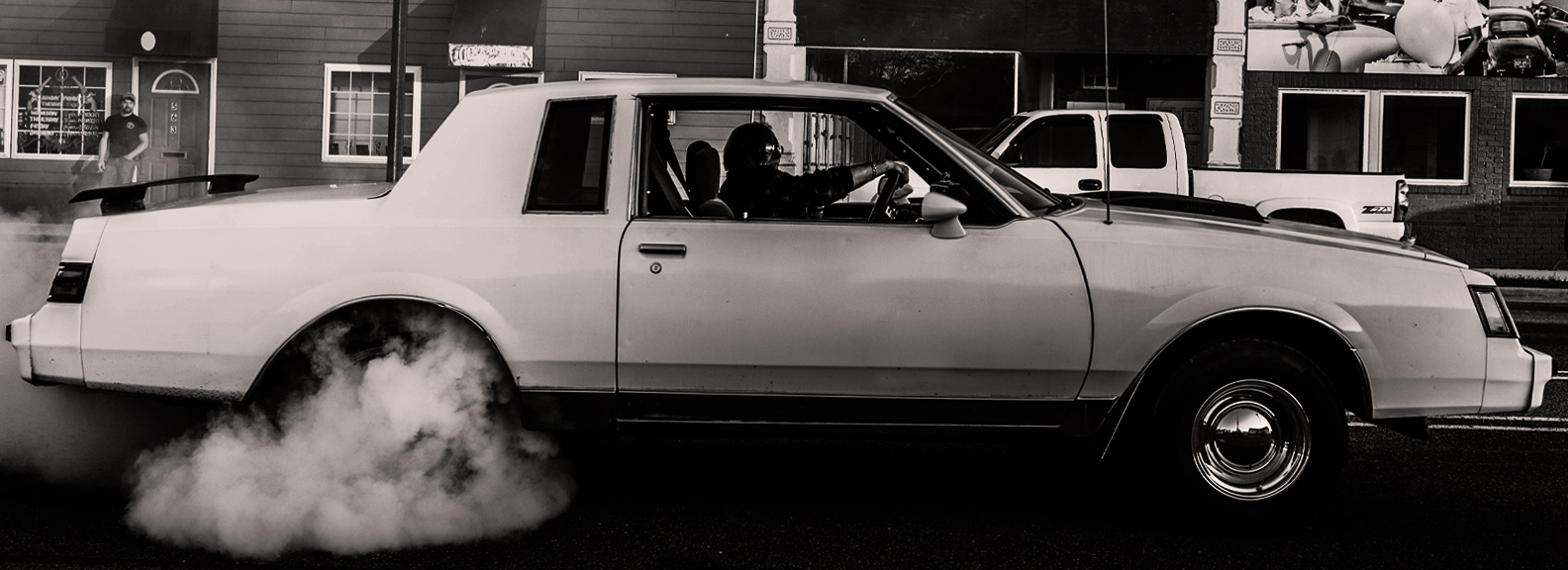
Have you ever noticed how some people can take their car to the strip and look as if they’ve raced all their lives, while others look totally out of control in the bleach box and during staging? More often than not, the driver with the calm, cool and collected approach seems to regularly trigger the win light. The reason for this smoothness isn’t completely initiated by the driver; in most instances, it is the correlation between man and machine.
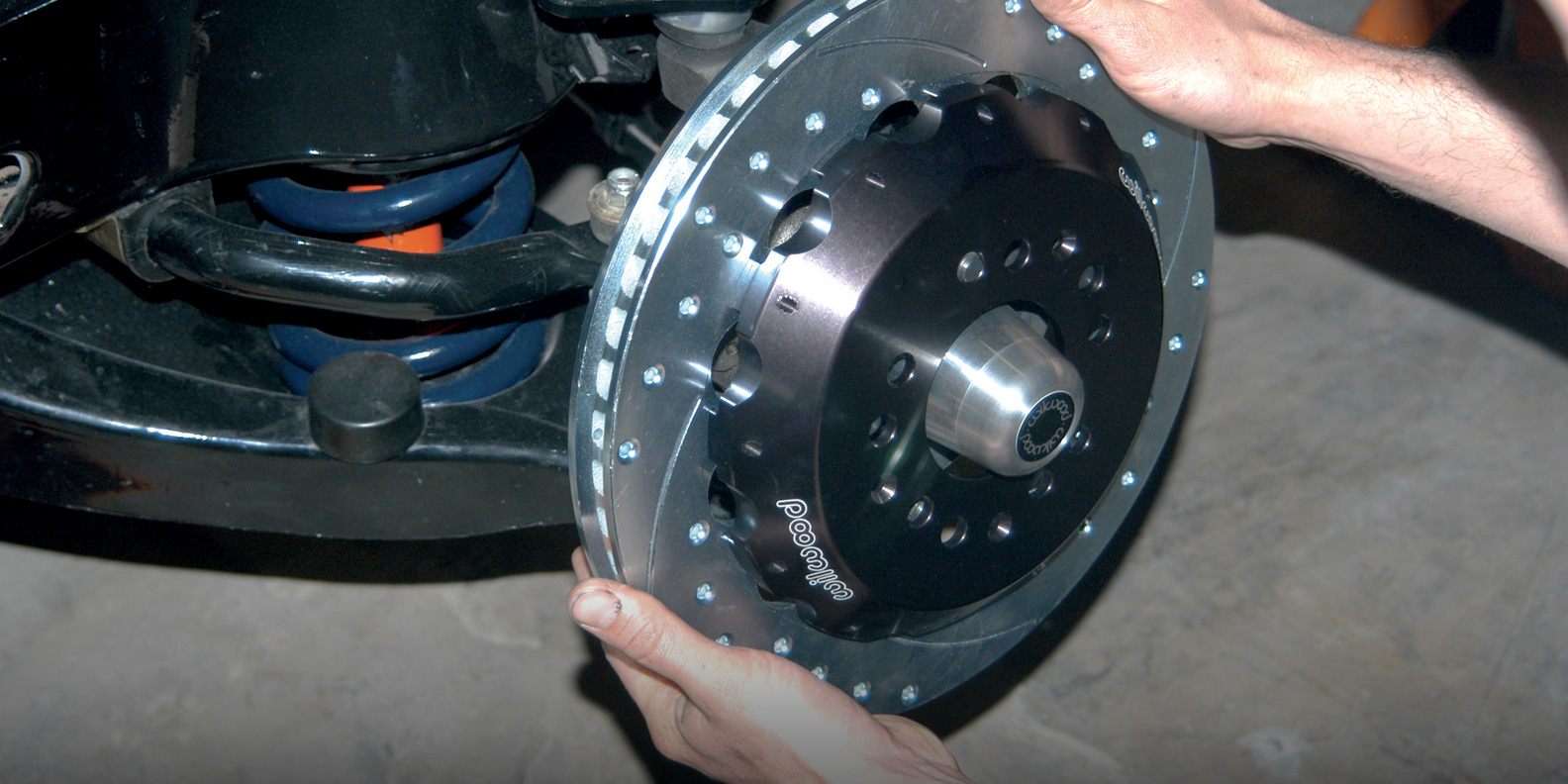
There’s no denying the popularity of Camaros; they have been a rodding favorite since their initial release in 1967. The first-generation Camaro has always been an enthusiast car because it is small, lightweight and had a sports-car-design feel to it. Underneath, the early Camaros were based on a Nova platform and featured many good mechanical attributes. Right from the start, they became a popular choice for teenagers and young adults, and most of the performance enthusiasts wanted the SS model that came with a choice of a strong-running small- or big-block engine. Things haven’t changed much, because they are still a popular choice for enthusiasts to restore or modify.
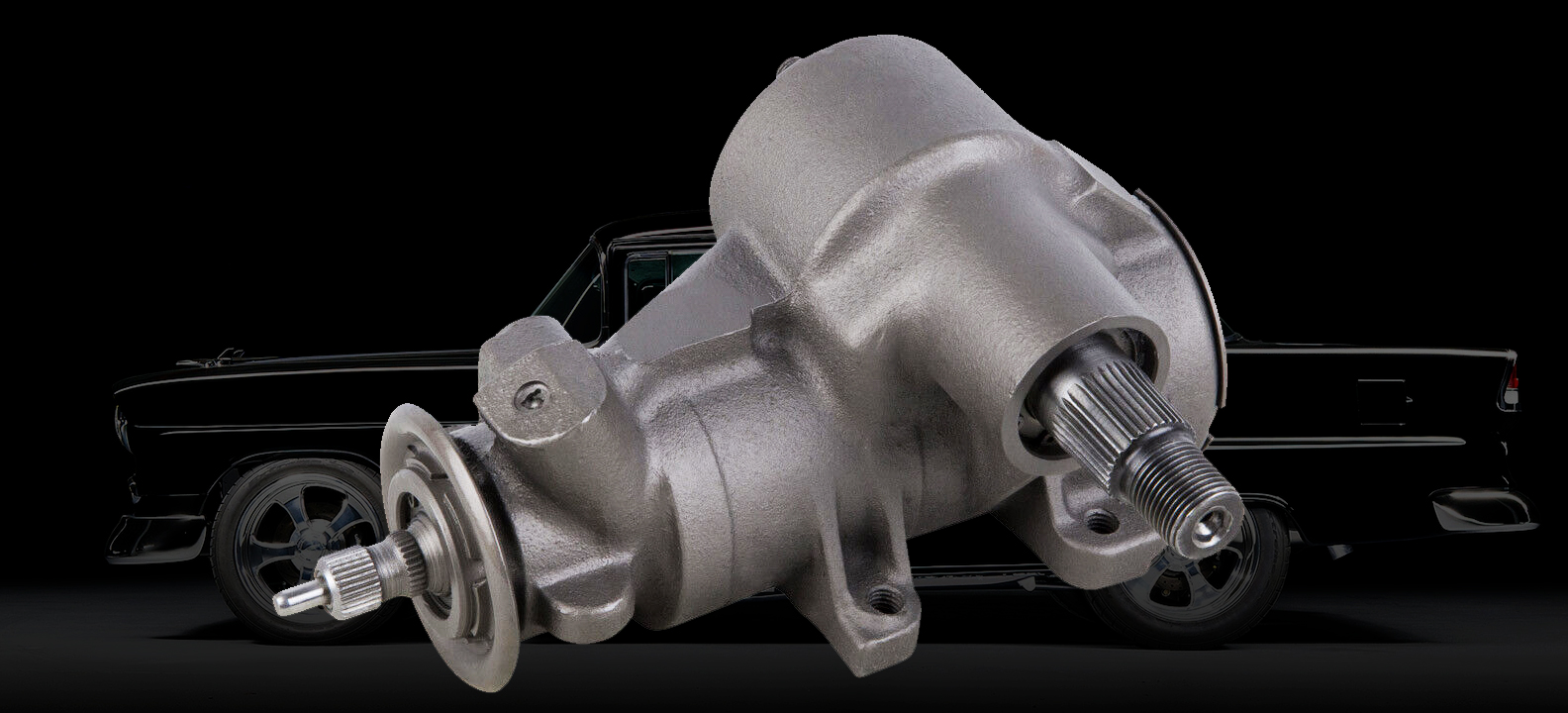
The automotive world became a different place when Chevrolet introduced the new ’55. Prior to that time there were many Chevy buyers, but after the ’55s were released there were newborn Chevy enthusiasts. The new Chevys were not only great-looking, but they were also powered with what would become one the finest V-8 engines available anywhere. There was an instant attraction to the ’55, and the interest continued to grow once the ’56 and ’57 were introduced. Fortunately, all three model years became extremely popular, so Chevy enthusiasts took care of them, and many nice examples remain today.
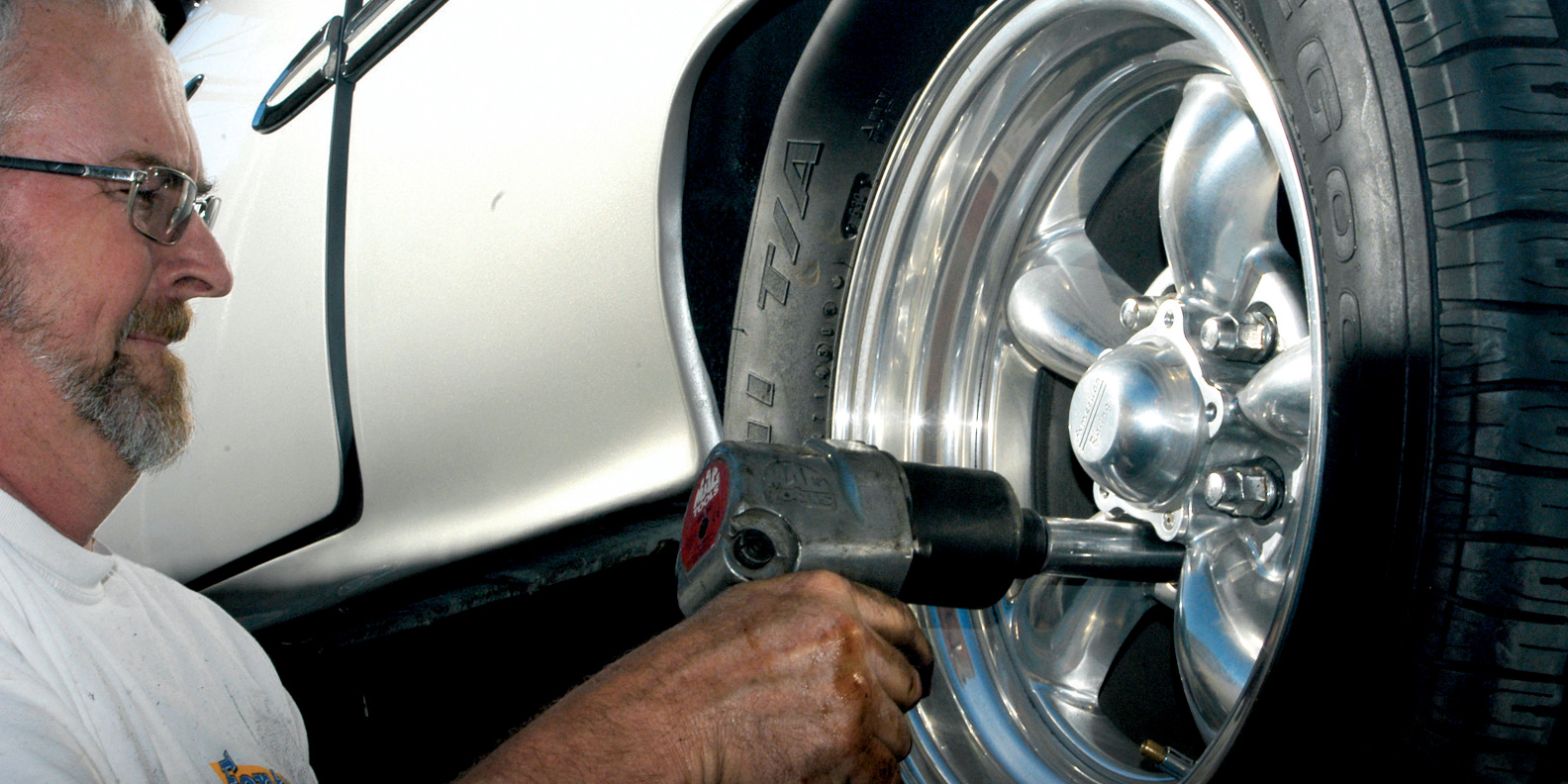
If you are driving down the highway in an older car, you are at a major disadvantage if you have to make a quick stop. Many of the high-performance cars being built today have fantastic stopping power, and if you can’t stop as well as the car in front of you, that could certainly be a big problem. The owner of this ’55 Chevy improved it with front disc brakes that work well, but he wanted the Chevy to stop even better, so he decided to add rear disc brakes.












